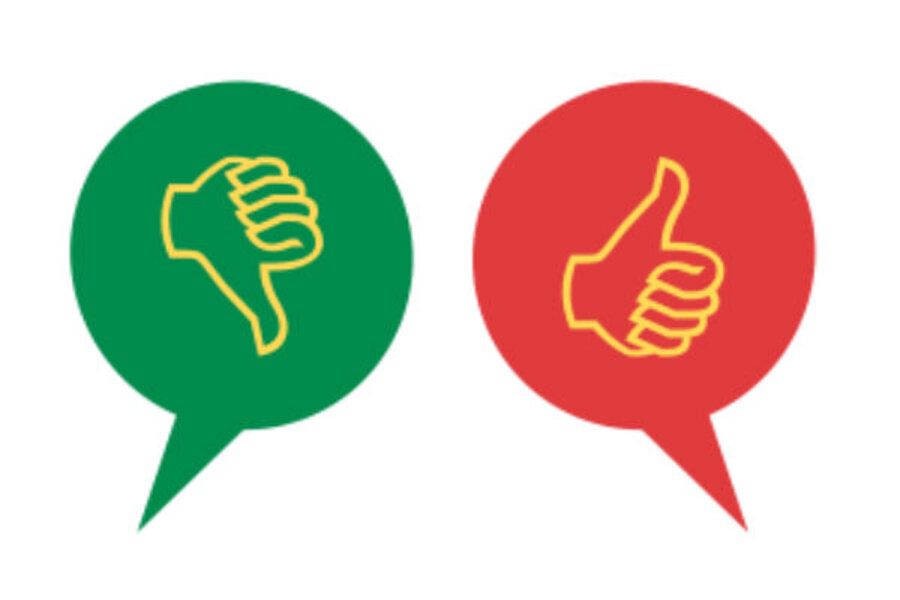NYC's social media guide for students, by students
Loading...
The New York City Department of Education has published a social media guide for students – one for which, very wisely, it got student input. And apparently students were asking for guidance like this. Jane Pook, DOE executive director for digital communication policy and strategy, told the Huffington Post that demand for the guide “came from students.”
Across the river in New Jersey, teacher Kevin Jarrett told his professional network on Facebook that it’s “one of the best guides of its kind I’ve seen, and should be required reading at districts anywhere that truly embrace social media in the classroom.”
As for New Jersey itself, the state Senate just passed a bill that "would require middle school students to take a course on how to use social media responsibly," the Huffington Post reported. Let's hope it will be taught well.
Digital literacy and life literacy
So this bears out what we’ve been hearing from social media scholars for some years now – that “digital natives” aren’t just born digitally or socially literate. Even the digitally literate, like everybody else, are figuring out how to navigate life in the very social media of this networked world of ours. So, it’s to their credit that young people themselves are seeking guidance.
There’s digital literacy and there’s life literacy, which blends social literacy and media literacy. Both are needed, and – when you really think about it – the latter is nothing new, has been taught to all of us from birth, and is just given special names such as “media literacy,” “social-emotional learning,” and “critical thinking” once we’re in school.
What’s newer is digital literacy, but that’s changing too. When our so-called digital natives are parents, they will probably need to consult with their children about digital media less than we need to now, but the digital kind of literacy will probably always be more dynamic and different for each generation than the social and media literacies into which it’s getting folded.
New York schools’ good example
The one thing that’s clear right now is expressed by New York City teacher, Jennifer Gunn, in the Huffington Post article: Digital media is here to stay, it’s “ridiculous” to act as if the media students are using all the time doesn’t have a place in the classroom, so let’s get on with both helping them navigate it and using it in everyday classroom instruction.
We have an opportunity to honor both what students already know and what they’re seeking to learn, and we’ll be able to take advantage of that opportunity when we stop creating fear and fear-based policy about digital media and start working with our children in digital media.
The Christian Science Monitor has assembled a diverse group of the best family and parenting bloggers out there. Our contributing and guest bloggers are not employed or directed by the Monitor, and the views expressed are the bloggers' own, as is responsibility for the content of their blogs. Anne Collier blogs at www.netfamilynews.org.






